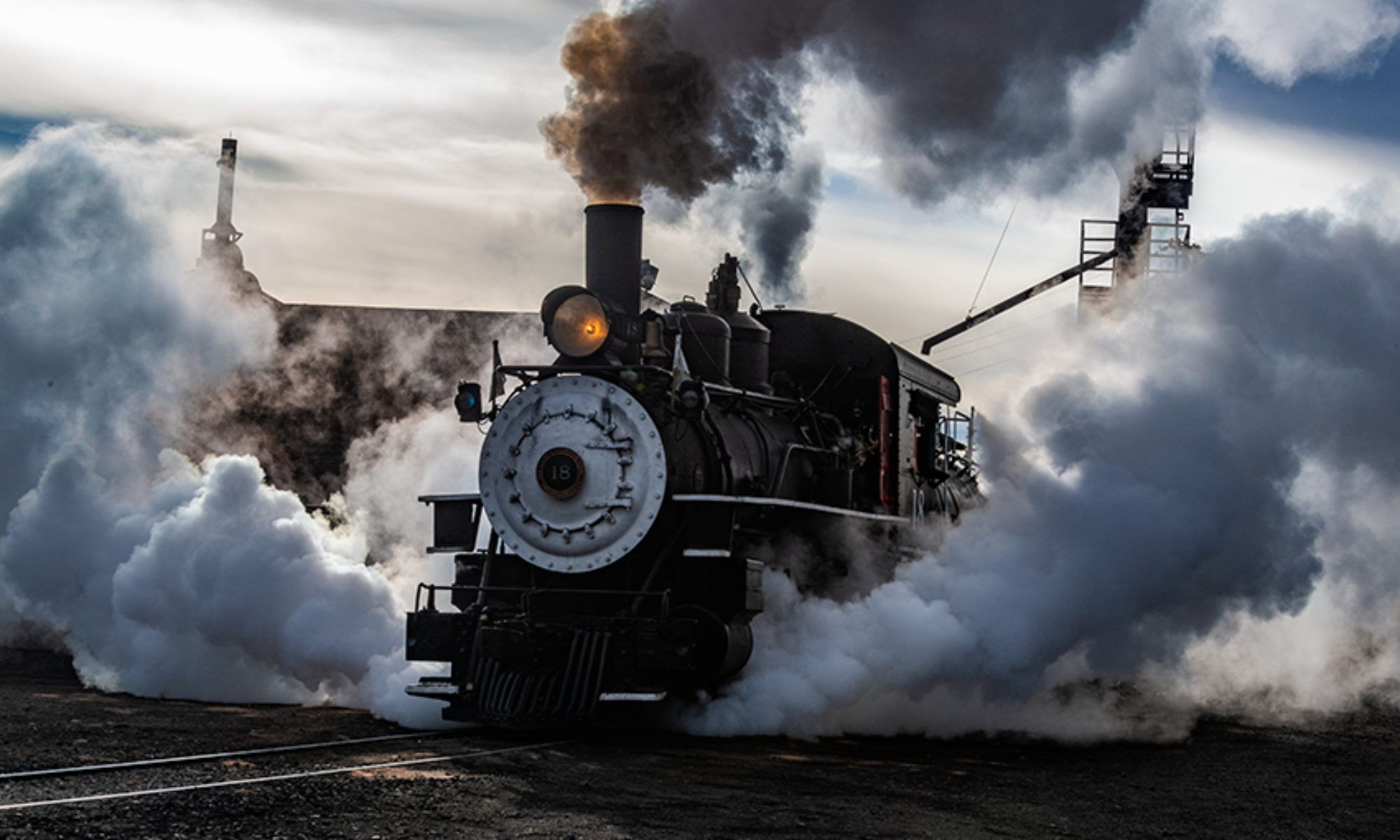After a great 2013, we kicked off 2014 with our awesome and talented welder Robby Jett repairing some old Southern Pacific welds inside the firebox. Back in November when the FRA was in town they had examined the areas between the firebox sheets and outside sheets with their inspection camera and in doing so discovered two areas that totaled about 24″ in length which the S.P. had not achieved 100% weld penetration on their repair. While this old repair was likely done in the late 40’s and operated as such for numerous years it is not considered acceptable. Whenever doing flush patches – such as the wrapper sheet patch we did in 2012 – you must have 100% weld penetration between the old and new materials. Thankfully this is a relatively easy fix if you have a really good welder.
To achieve the desired full penetration on the new weld, Robby first ground out the old welds in question until he had about a 1/16″ gap.




After having the desired gap he went about welding in his “root” pass of weld. The root pass is done with 6010 welding rod. Robby – like many pressure vessel welders – lays his root pass in a keyhole manner, burn through and then pull out, over and over.
Once he has a root pass to his liking he starts to lay his “hot” passes. In our case he put down 3 hot passes with 7018 welding rod. He would start on one end, weld about 6 inches and then jump to the other end and weld about 6 inches. This is done to keep the heat concentration at a minimum and not distort the sheets.
Finally, after about 12 hours of grinding and welding he had fixed everything that needed fixing. And Robby donated his time to do this! We are now almost ready to roll flues in and fill the boiler with water.
Aside from the welding, we also have received word from the Mt. Rainier RR that our drivers and boxes will be done by February 10th. Dave and Rick’s trucking will be headed north and should have them back in Independence the following week. Currently we are planning on putting them back under the locomotive in early March.
Other January progress occurred with the completion of four new cab windows. The new windows were constructed all to the same size (the old were not) and of poplar wood. They also had tempered safety glass installed in them. All four windows are now ready for paint.
Finally, we are working on getting all the final signatures from the county officials for our museum plan to permanently house the locomotive. If you would like to contribute funds towards the track and building please feel free to do so. Your contributions towards that aspect of this project will be greatly appreciated.










You must be logged in to post a comment.